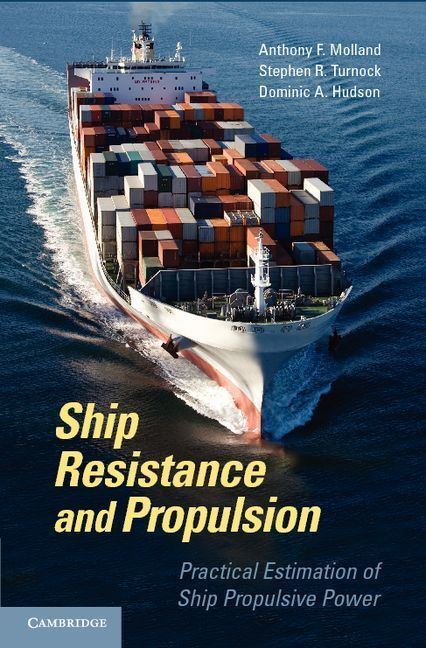 | ||
Mod 01 lec 01 syllabus and introduction
A ship must be designed to move efficiently through the water with a minimum of external force. For thousands of years ship designers and builders of sailing vessels used rules of thumb based on the midship-section area to size the sails for a given vessel. The hull form and sail plan for the clipper ships, for example, evolved from experience, not from theory. It was not until the advent of steam power and the construction of large iron ships in the mid-19th century that it became clear to ship owners and builders that a more rigorous approach was needed.
Contents
- Mod 01 lec 01 syllabus and introduction
- Ddme ship resistance and propulsion group3 ship resistance and propulsion
- Definition
- Components of resistance
- Froudes experiments
- Friction
- Wave making resistance
- References
Ddme ship resistance and propulsion group3 ship resistance and propulsion
Definition
Ship resistance is defined as the force required to tow the ship in calm water at a constant velocity.
Components of resistance
A body in water which is stationary with respect to water, experiences only hydrostatic pressure. Hydrostatic pressure always acts to oppose the weight of the body. If the body is in motion, then there are also hydrodynamic pressures that act on the body.
Froude's experiments
When testing ship models and then comparing the results to actual ships, the models tend to over predict the resistance of the ship.
Froude had observed that when a ship or model was at its so called Hull speed the wave pattern of the transverse waves (the waves along the hull) have a wavelength equal to the length of the waterline. This means that the ship’s bow was riding on one wave crest and so was its stern. This is often called the hull speed and is a function of the length of the ship
Observing this, Froude realized that the ship resistance problem had to be broken into two different parts: residuary resistance (mainly wave making resistance) and frictional resistance. To get the proper residuary resistance, it was necessary to recreate the wave train created by the ship in the model tests. He found for any ship and geometrically similar model towed at the suitable speed that:
There is a frictional drag that is given by the shear due to the viscosity. This can result in 50% of the total resistance in fast ship designs and 80% of the total resistance in slower ship designs.
To account for the frictional resistance Froude decided to tow a series of flat plates and measure the resistance of these plates, which were of the same wetted surface area and length as the model ship, and subtract this frictional resistance from the total resistance and get the remainder as the residuary resistance.
Friction
In a viscous fluid, a boundary layer is formed. This causes a net drag due to friction. The boundary layer undergoes shear at different rates extending from the hull surface until it reaches the field flow of the water.
Wave-making resistance
A ship moving over the surface of undisturbed water sets up waves emanating mainly from the bow and stern of the ship. The waves created by the ship consist of divergent and transverse waves. The divergent waves are observed as the wake of a ship with a series of diagonal or oblique crests moving outwardly from the point of disturbance. These waves were first studied by William Thomson, 1st Baron Kelvin, who found that regardless of the speed of the ship, they were always contained in the 19 degree (each side) symmetric wedge following the ship. The divergent waves do not cause much resistance against the ships forward motion. However, the transverse waves appear as troughs and crests along the length of a ship and constitute the major part of the wave-making resistance of a ship. The energy associated with the transverse wave system travels at one half the phase velocity or the group velocity of the waves. The prime mover of the vessel must put additional energy into the system in order to overcome this expense of energy. The relationship between the velocity of ships and that of the transverse waves can be found by equating the wave celerity and the ship’s velocity.
